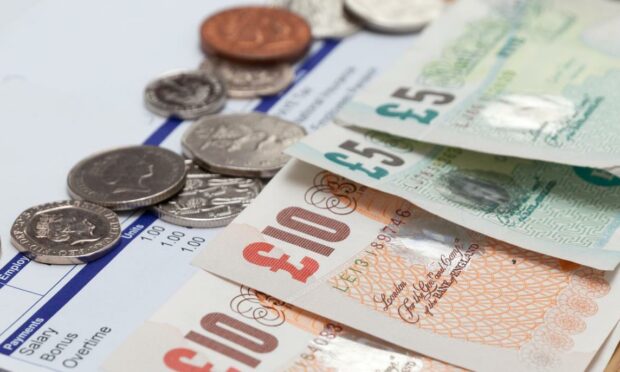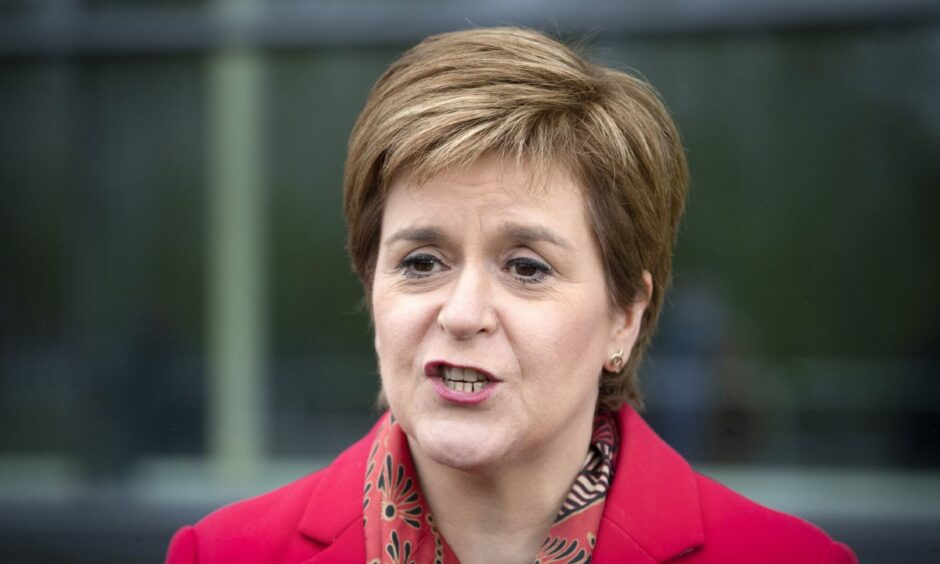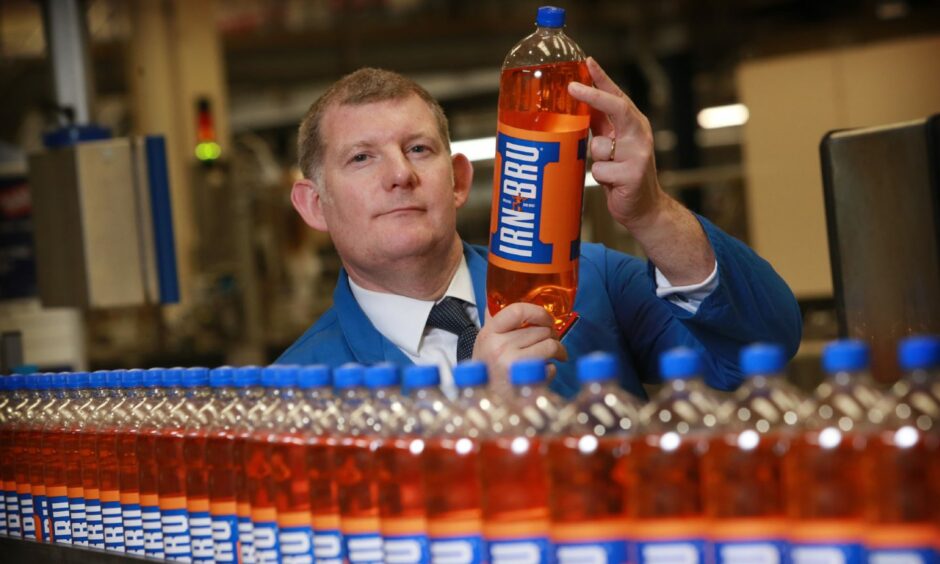An independently calculated wage rate based on the cost of living rises by 40p to £9.90 in Scotland today (November 15).
More than 52,000 workers at in excess of 2,400 real Living Wage employers north of the border are expected to benefit.
I encourage all organisations regardless of size, sector or location to seek accreditation and ensure that everyone receives a fair day’s pay for the work they do.”
First Minister Nicola Sturgeon
The Living Wage Foundation (LWF) – an initiative of people power movement Citizens UK – says more than £310 million in extra wages has gone to low-paid workers in Scotland since the scheme’s UK-wide roll-out in 2011.
It also says in excess of £112 million in extra wages has gone to low-paid workers north of the border since the start of the Covid-19 pandemic, thanks to a record number of new employers signing up for Living Wage accreditation.
Despite these successes, an estimated 333,000 employees in Scotland are still paid below the real Living Wage.
We all need an income that is enough to cover our needs and protect us from poverty.”
Peter Kelly, director of the Poverty Alliance.
New LWF research has revealed the scale of low pay during the pandemic, with 4.8 million jobs – 17.1% of the total – in the UK still paying less than the real Living Wage.
Scotland has the highest proportion of jobs paying at least the real Living Wage (85.6%), compared to England (82.8%), Wales (82.1%) and Northern Ireland (78.7%).
First Minister Nicola Sturgeon said: “The Scottish Government believes that all workers should be paid fairly.
‘Proud’
“I am proud that Scotland leads the UK in payment of the real Living Wage, and applaud the increasing number of employers who are realising the benefits of doing so and are making that commitment.
“However, there is more to do, and I encourage all organisations regardless of size, sector or location to seek accreditation and ensure that everyone receives a fair day’s pay for the work they do.”
Ms Sturgeon added: “The Scottish Government is playing its part and last month we announced that companies bidding to win government contracts will in future have to pay the real Living Wage.”
Peter Kelly, director of not-for-profit group the Poverty Alliance, said: “Thousands of workers in Scotland will benefit from a welcome pay rise due to their employer choosing to pay the new real Living Wage rate of £9.90 per hour.
“We all need an income that is enough to cover our needs and protect us from poverty, and it’s only right that employers pay a wage that reflects the cost of living.
Protection
“Too many workers in Scotland are paid less than the real Living Wage and, at a time of rising costs, are struggling to stay afloat.
“The real Living Wage can offer protection from those rising costs, and we’re urging more employers to choose to commit to at least the real Living Wage and help loosen the grip of poverty in Scotland.”
Today’s increase has largely been driven by sharply rising fuel and rent costs.
The real Living Wage is different to the UK Government minimum wage for over 23s, called the National Living Wage (NLW).
While the real Living Wage is independently calculated based on living costs and paid by employers voluntarily, the government’s NLW is based on a percentage of median earnings, and all employers are required to pay it.
More than 2,400 Scottish employers, and nearly 9,000 employers across the UK, including half of the FTSE 100 companies, major household names and thousands of small businesses, are choosing to pay the real Living Wage.
Major Living Wage employers in Scotland include SSE, abrdn, AG Barr, Morrison Construction and DC Thomson.
Young adults ‘face greatest uphill battle’ in cost of living crisis – report
What is ESG investing and should you be taking it seriously?


